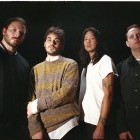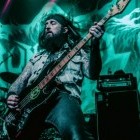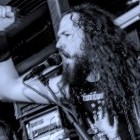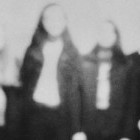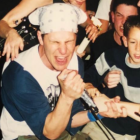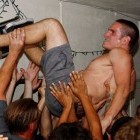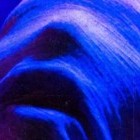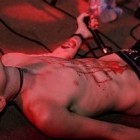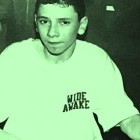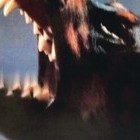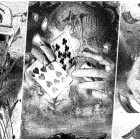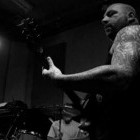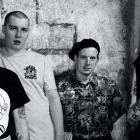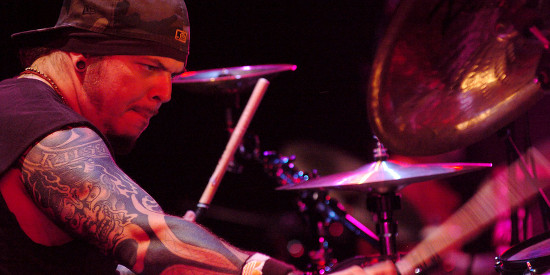
I think the first time I heard of Sepultura mentioned was in an old issue of Metal Forces. "Raw and evil black thrash from Brazil" sounded shady and dangerous to me. The first images I saw of them were spotty. I remember seeing photos of evil-looking teens in corpsepaint wearing beat-up and dirty high-tops. Sepultura's Morbid Visions album sounded like 33 minutes of ghouls playing out of tune that were certainly working for the guy downstairs.
Needless to say, I was intrigued.
By 1987, Sepultura's Schizophrenia album proved that the band had improved at such a rate that they were suddenly surpassing most of their peers. The production was much clearer and heavier, you could actually hear the music, and being in tune obviously also helped. The arrangements and tempos on the album were much more fluid and thought-out compared to their earlier output. I remember being in amazement at how much better drummer Igor Cavalera had gotten on this record, it was mysterious.
In between bouts of me annoying him for a rare Schizophrenia 1987 tour shirt (which he promised) and his busy touring work with MixHell and Cavalera Conspiracy, I recently had a chance to chat with Igor about former Sepultura guitarist Jairo T.'s afro and, of course, his drumming.
Can you tell me about where you grew up and how you originally got into music?
I grew up in São Paulo, but moved to Belo Horizonte after my father died. Me and Max were football fanatics before we got into music, but we got really deep into music in 1981. That year our cousin took us to see Queen at a football stadium in São Paulo. That gig changed our lives.
What was it about Queen that hooked you in at such a young age?
It was the energy of seeing them live, it was on The Game tour and they absolutely destroyed live.
Tell me about your first drum kit setup.
I started playing drums when I was about 7 years old, way before I got into music. I was really into drumming and playing percussion, especially samba beats. My first kit was a snare, a floor tom, and a cymbal on a broom stick. On Bestial Devastation I played the majority of the beats without using my feet.
SEE ALSO: 2016 interview with Art Liboon (Mordred).
How did metal enter your life?
Me and Max found some of our dad's old records and Black Sabbath and Led Zeppelin were our favorites at the time. Sabbath was our intro to heavy metal.
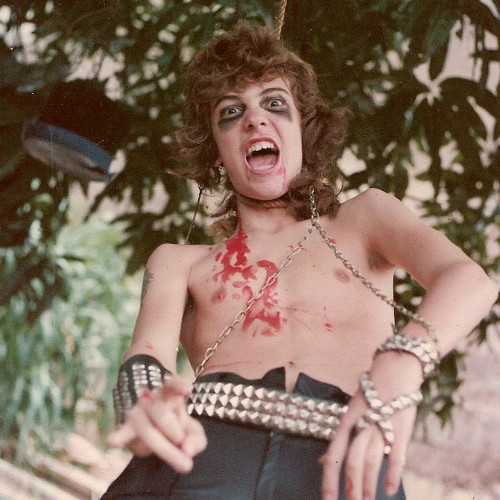
What bands made you want to wear corpsepaint?
We lived in a city with a lot of religious oppression and taboos, so after being inspired by Hellhammer, we really got into corpsepaint.
How exactly do you think extreme bands like Hellhammer and Venom influenced your drumming style back then?
Hellhammer was more of a punk band with long-haired guys, and D-beat is still my favorite style of drumming. Venom was more metal and hard rock. Anthony "Abaddon" Bray was more like a show-off type of drummer.
There were some great drummers in the underground in the '80s.
Dave Lombardo is still the king of all metal drummers, but I was really into a lot of punk and hardcore drummers like Gary Maloney (Discharge), Spider (Amebix), and Penny Rimbaud (Crass). My all-time favorite drummer will always be Bill Ward from Black Sabbath.
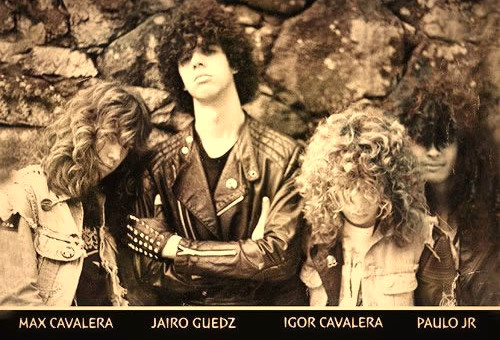
Morbid Visions is a legendary record, not just because of Jairo T.'s afro, but also because of how raw and neanderthal-like the production is. Did you set out to make it sound that raw?
[Laughs] Jairo's 'fro was epic! The reality is that we were trying to record extreme music in a country were no studios ever recorded this kind of crap before, so its sound was pure instinct.
Why did you stop wearing the corpsepaint?
Once all the bands around us started to also wear corpsepaint, it became boring.
SEE ALSO: Catastrophic Visions: Industrial Noise in 1990s Peru
My next question brings up what I'm sure many other people have wondered about. From 1986 to 1987, something musically happened where on the next Sepultura album, Schizophrenia, your drumming performance had improved at such a rate that it was hard to believe it was the same guy behind the kit [laughs]. I know my jaw dropped when I heard how much tighter everything became. Can you take me through the steps and mindframe you had at this time and how this happened?
I think it was getting out of the minimalism of death metal at the time, combined with a lot of hard work. While our friends were getting wasted on the streets, we were locked up in our garage playing for six to seven hours straight. It was pure madness.
You also created the Igor classic thrash beat, which is slightly different from what most drummers were doing, as well as introducing more tribal percussion to the mix. Were you always influenced by tribal rhythms?
Samba/African beats were a big part of my start as a drummer, so I started to introduce those flavors to my metal beats, and somehow it became my trademark.
Including all styles of music, who are your favorite players?
- Bill Ward (Black Sabbath)
- Dave Lombardo (Slayer)
- Stewart Copeland (The Police)
- Jean-Paul Gaster (Clutch)
- D. H. Peligro (Dead Kennedys)
- Pupillo (Nação Zumbi)
- Phil Taylor (Motörhead)
- Keith Moon (The Who)
- Barata (Test)
- Mick Harris (Napalm Death)
- Pat Mahoney (LCD Soundsystem)
Is there any chance you will return to the corpsepaint [laughs]?
Sure, at the right time [laughs]. By the way, The Art of Dying is still one of my all-time favorite albums... brutal stuff!
***
Follow @therealMIXHELL on Twitter to keep up with Igor Cavalera's upcoming projects.
Tagged: death metal, interview, metal, mixhell, sepultura, thrash


